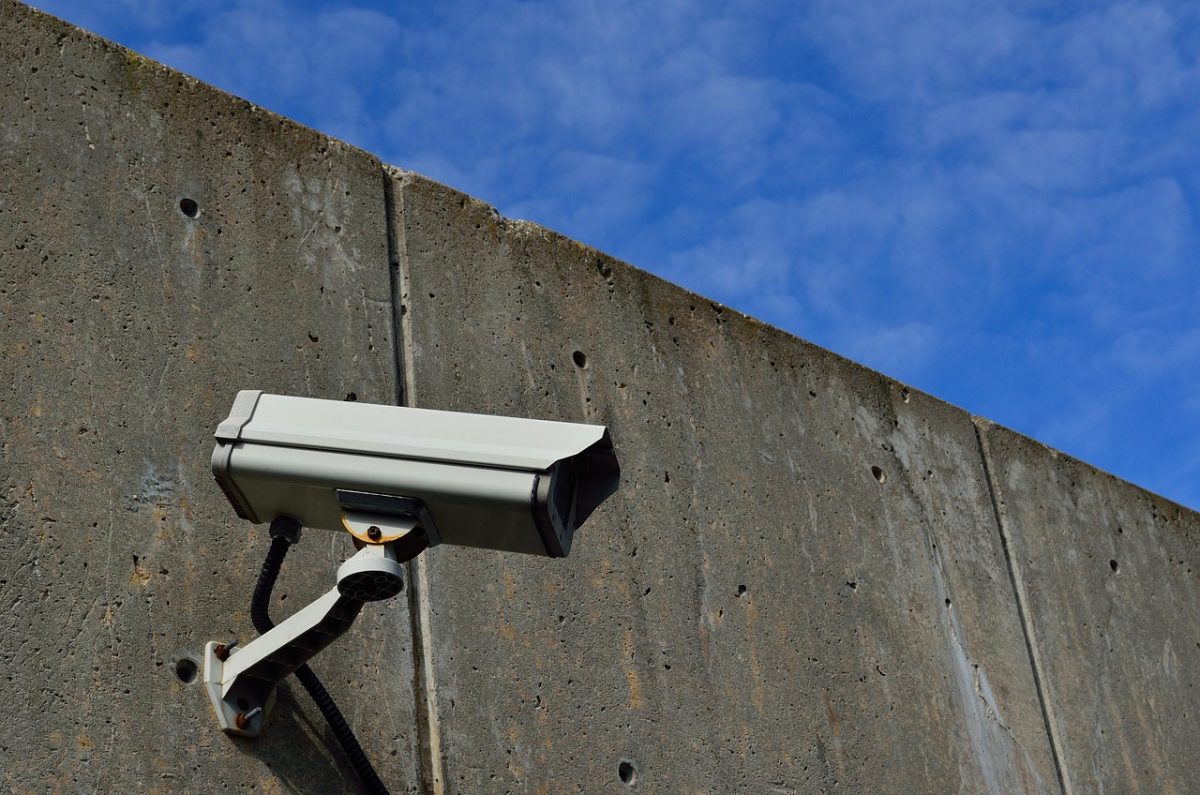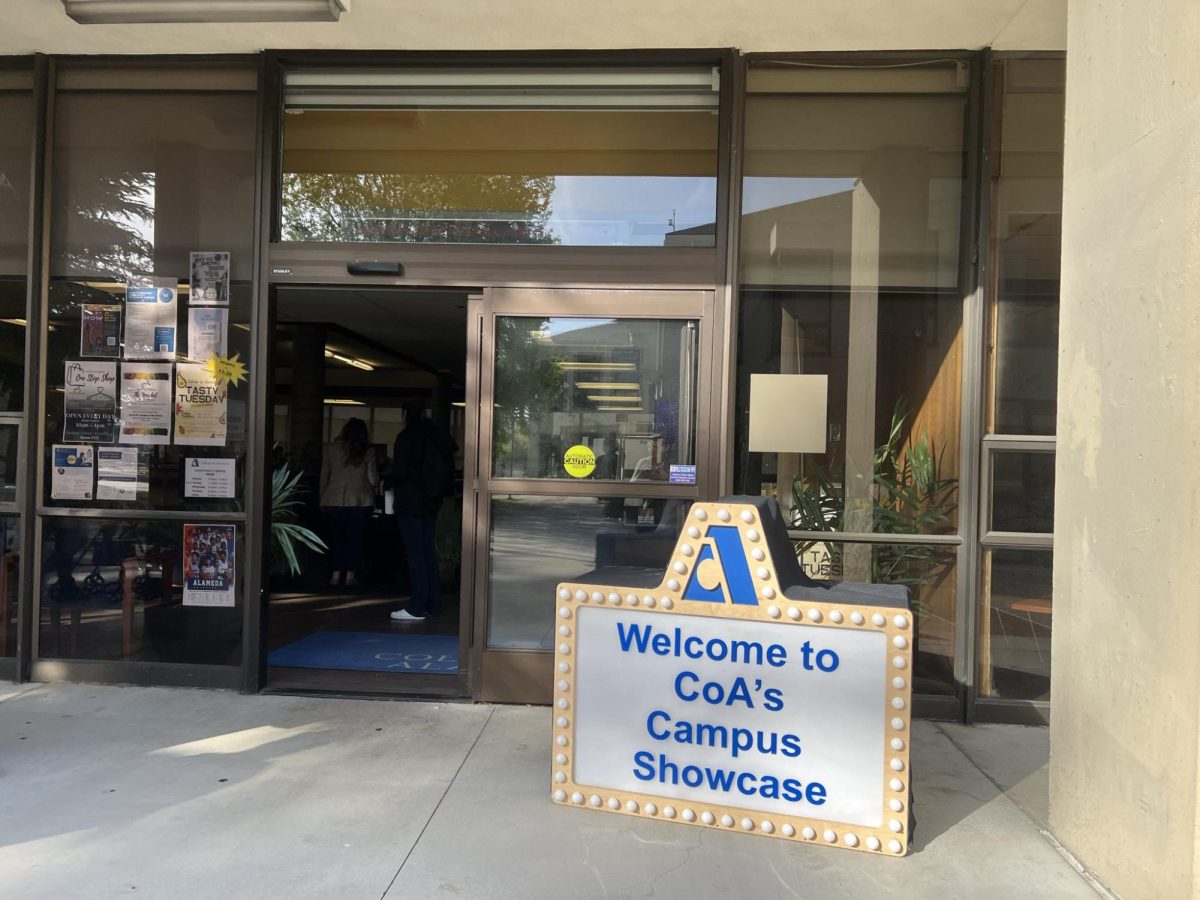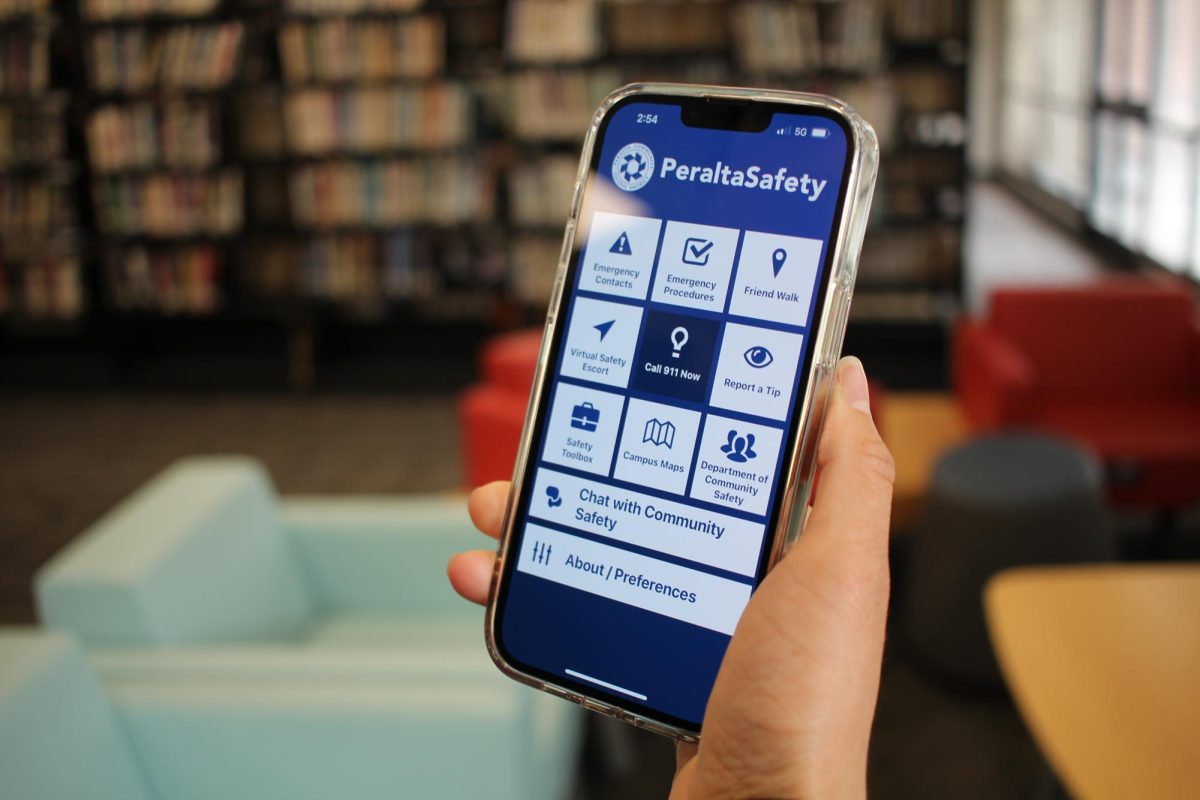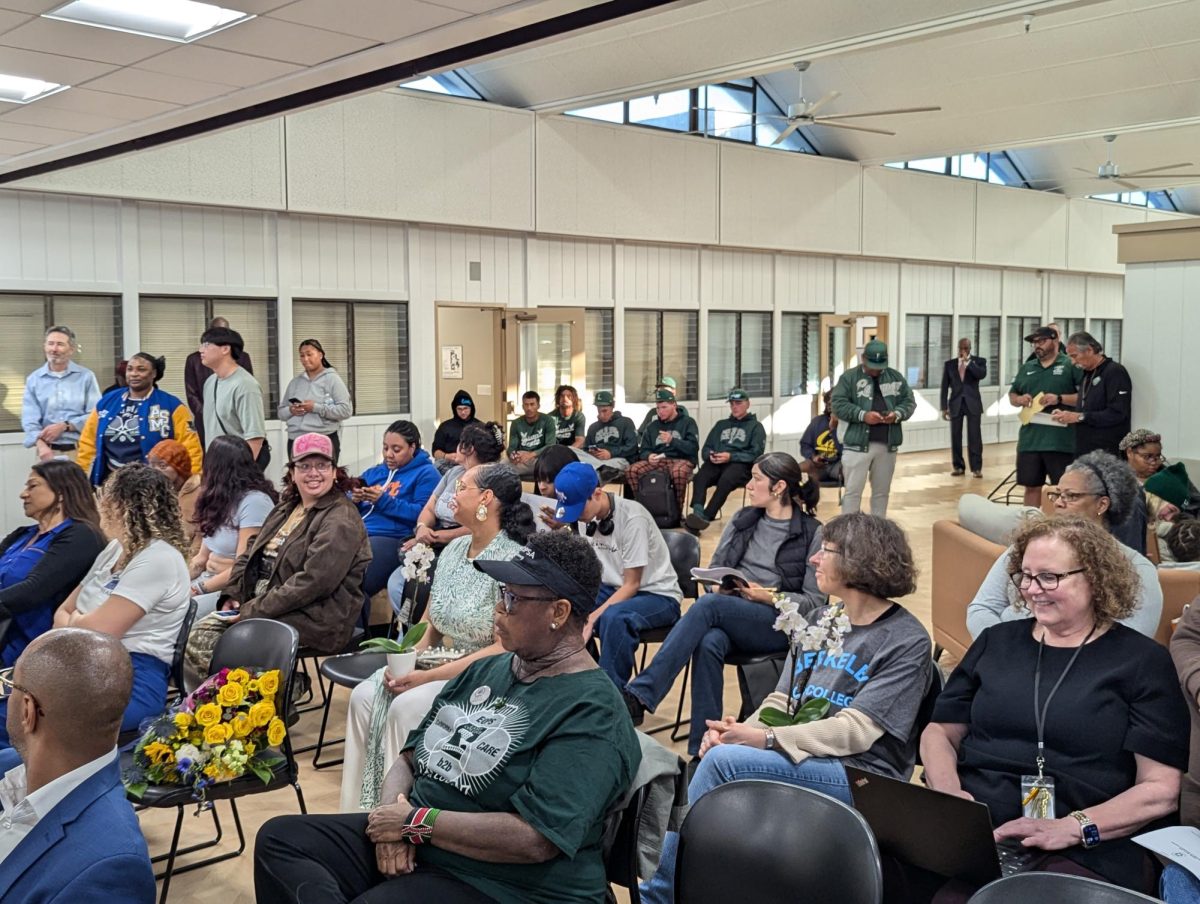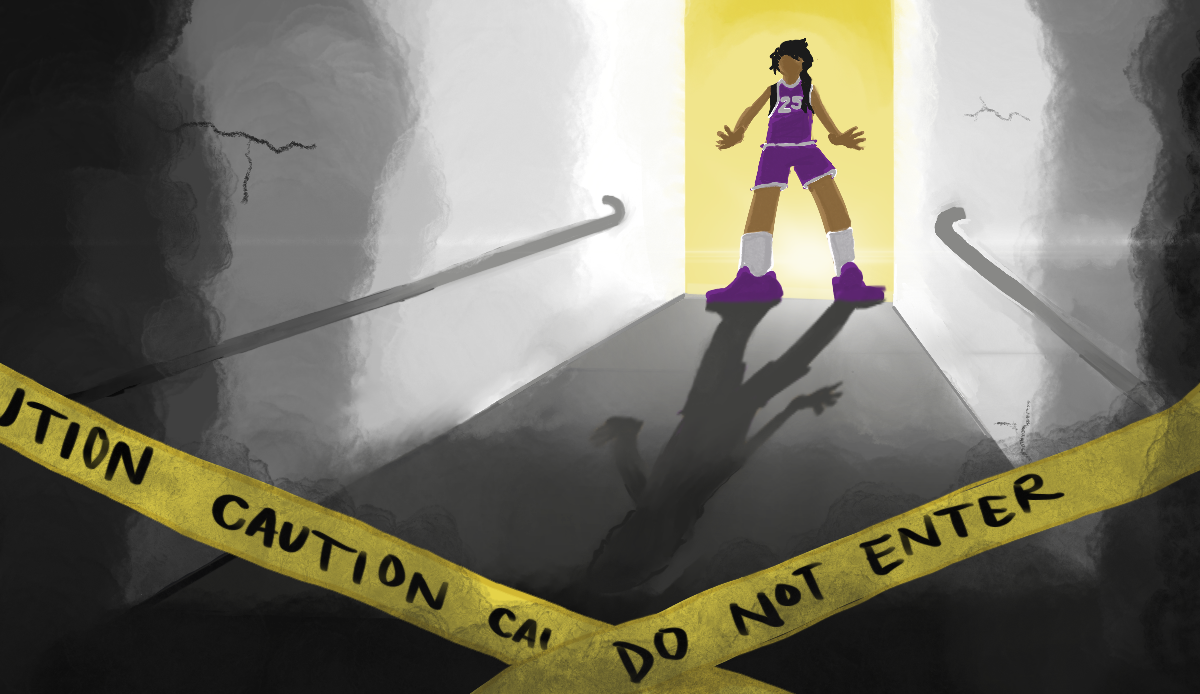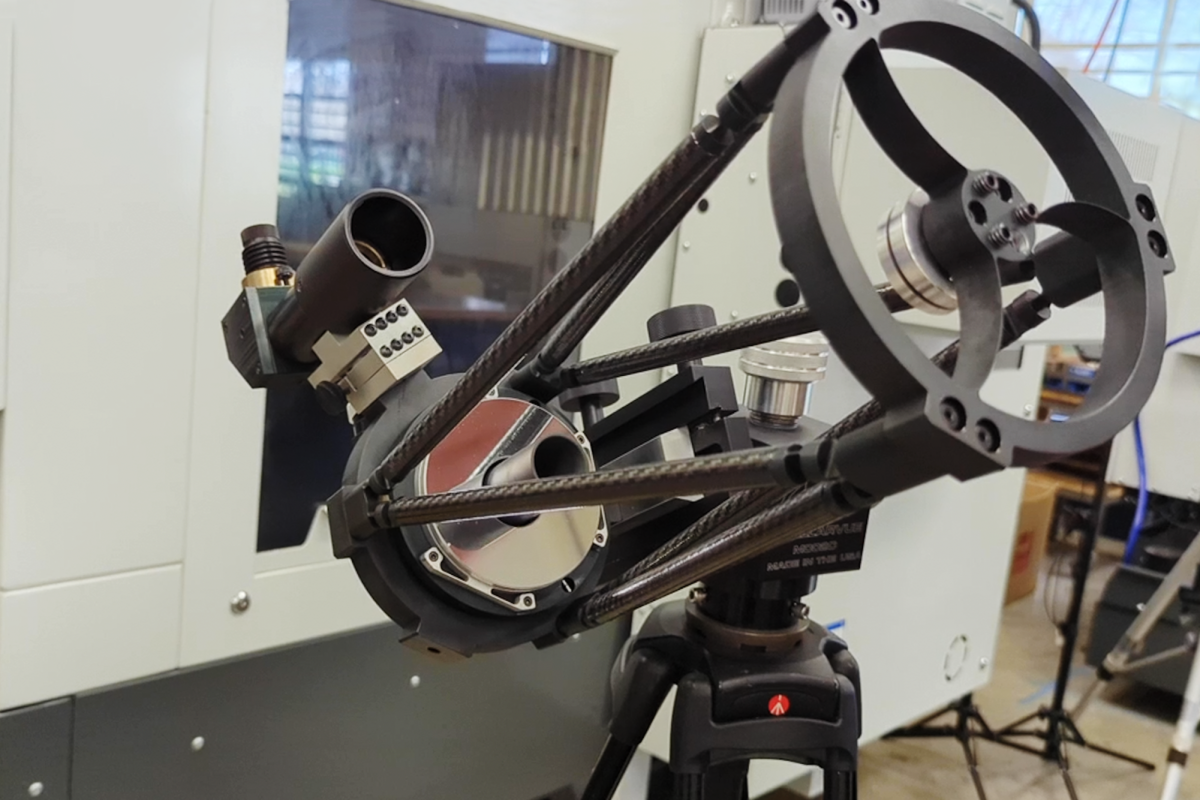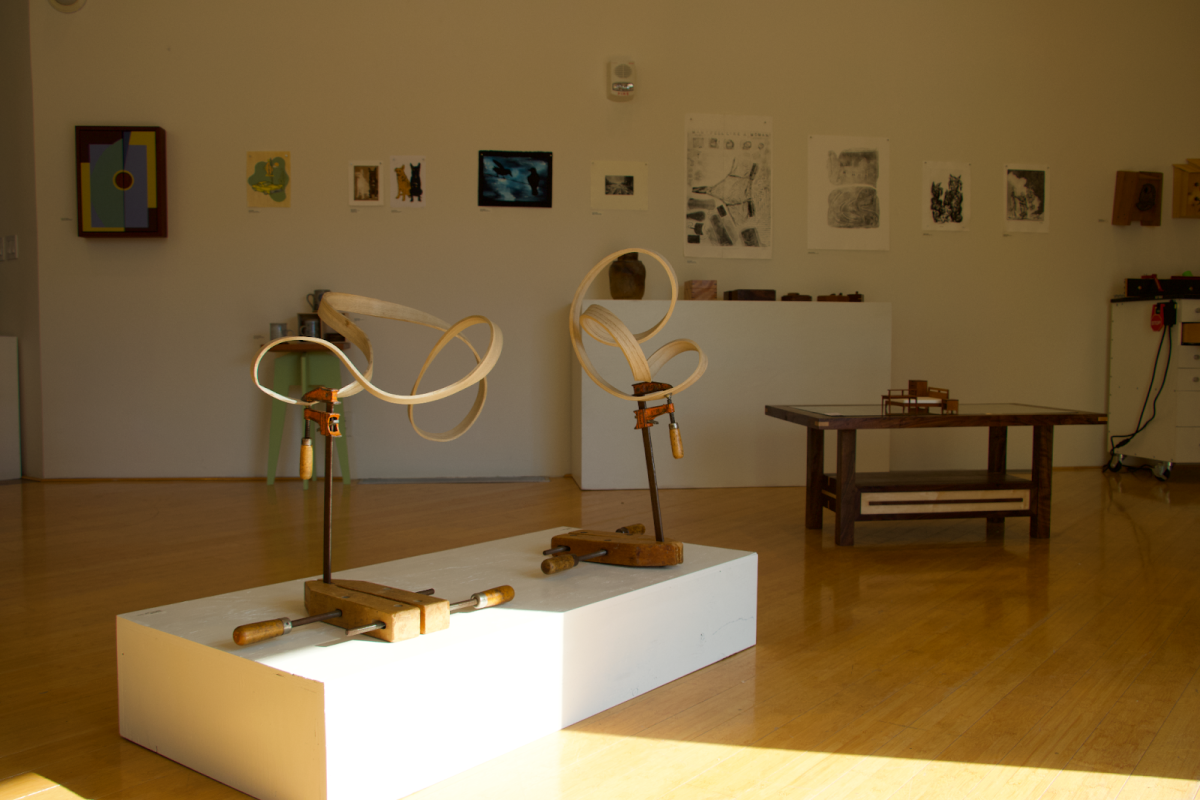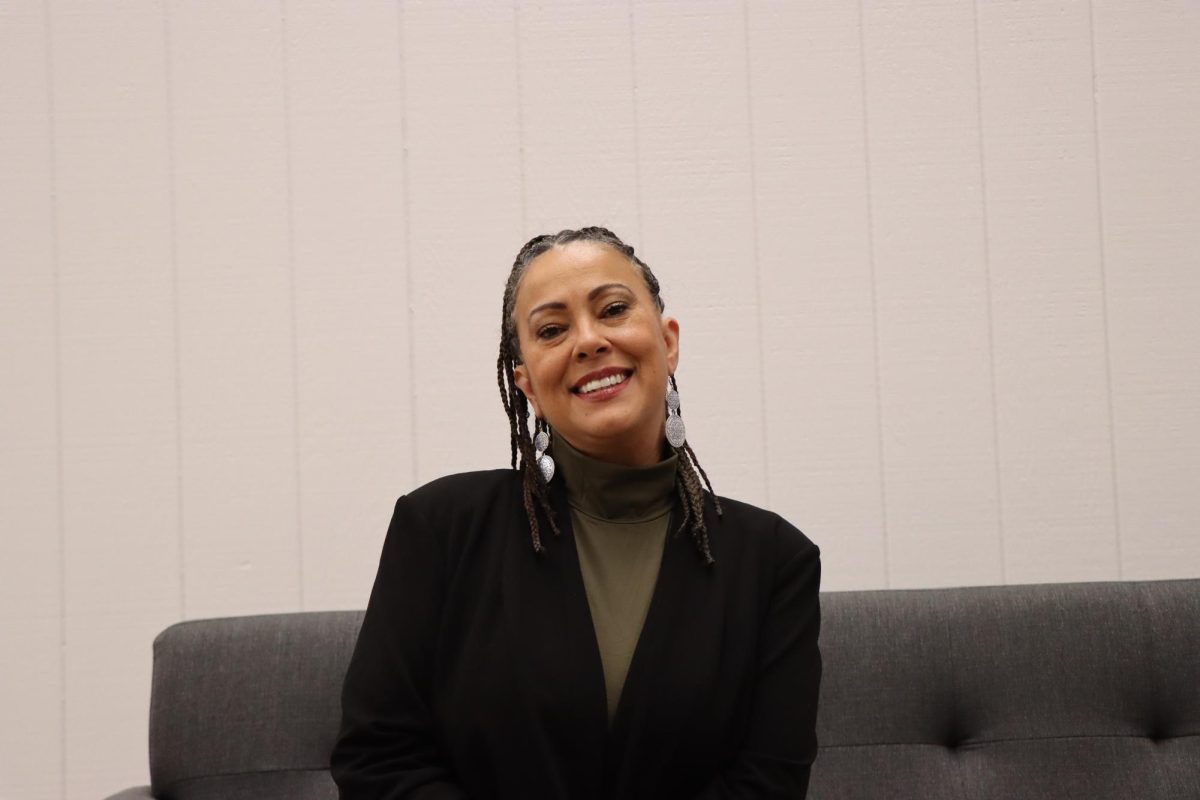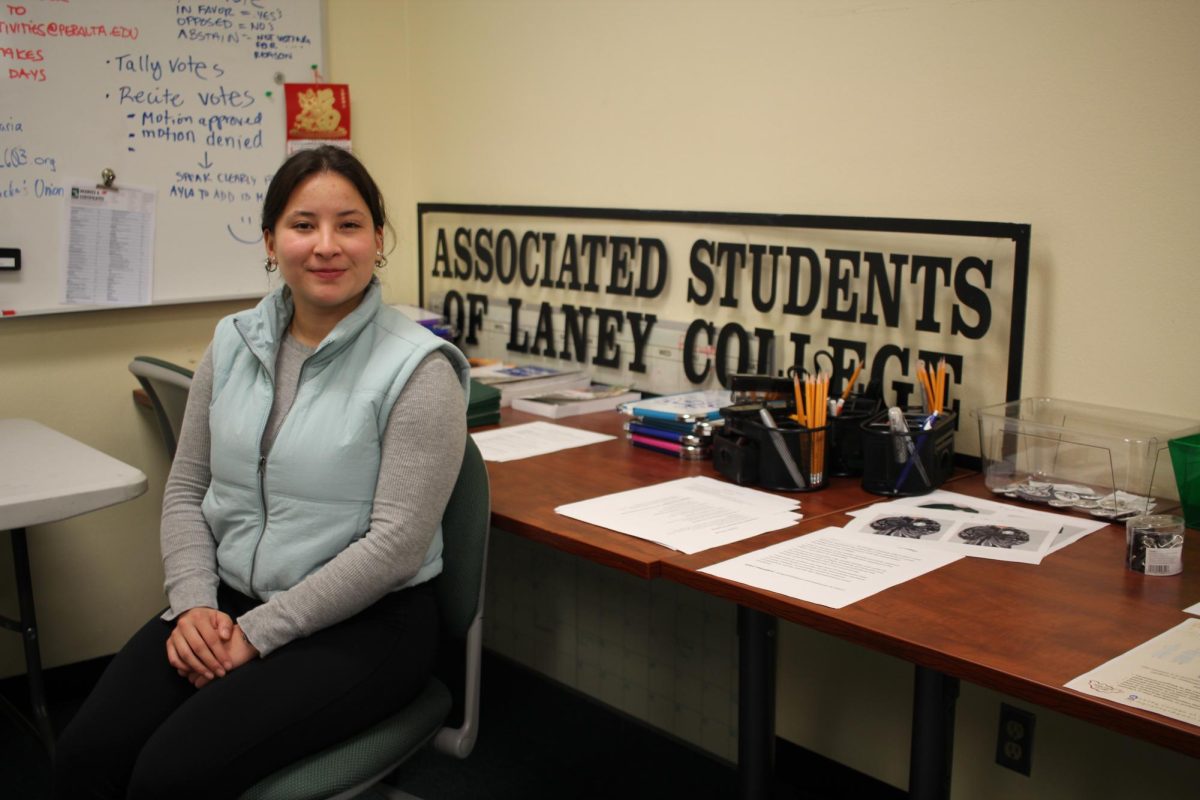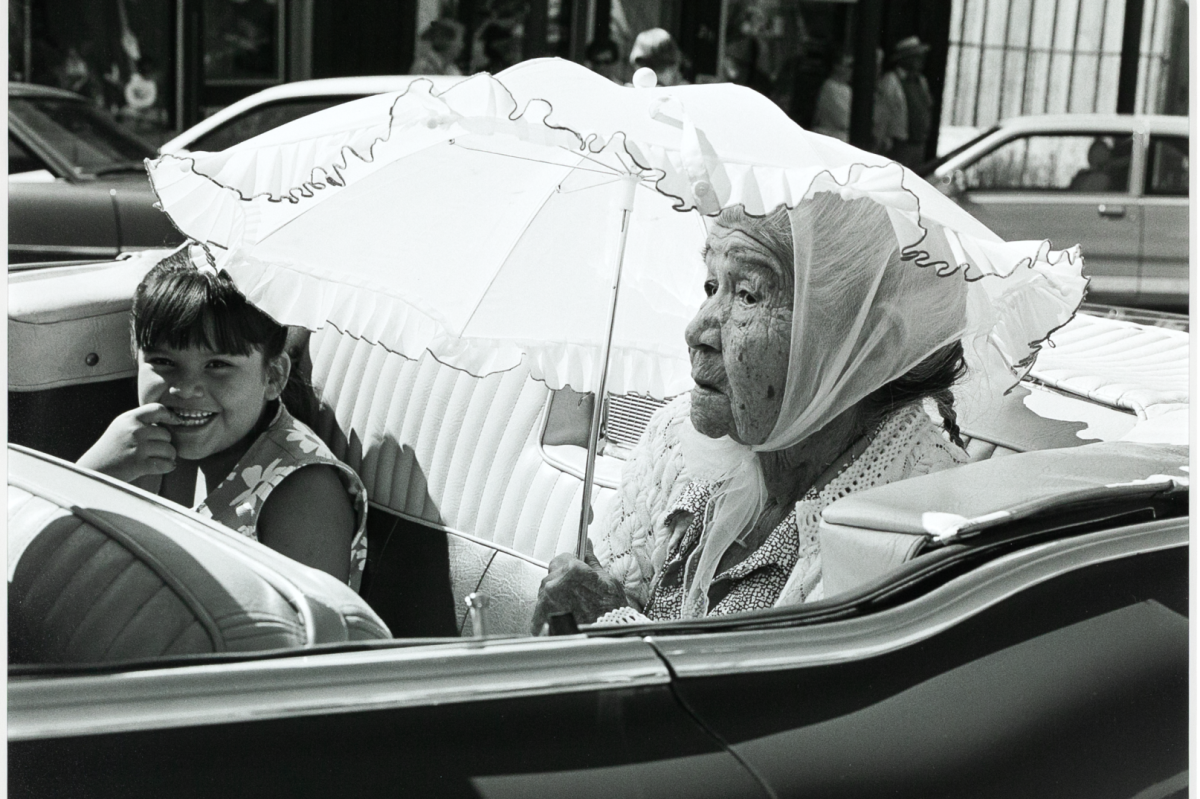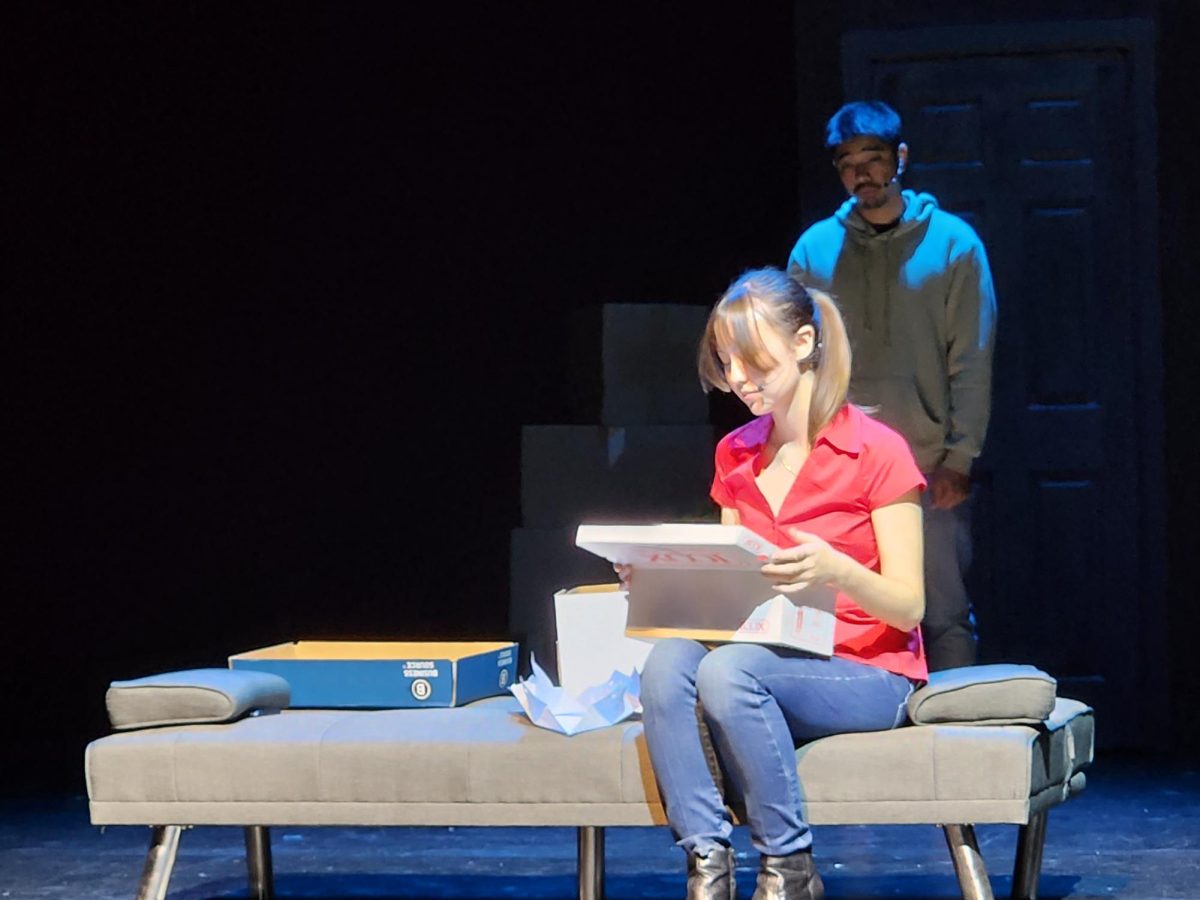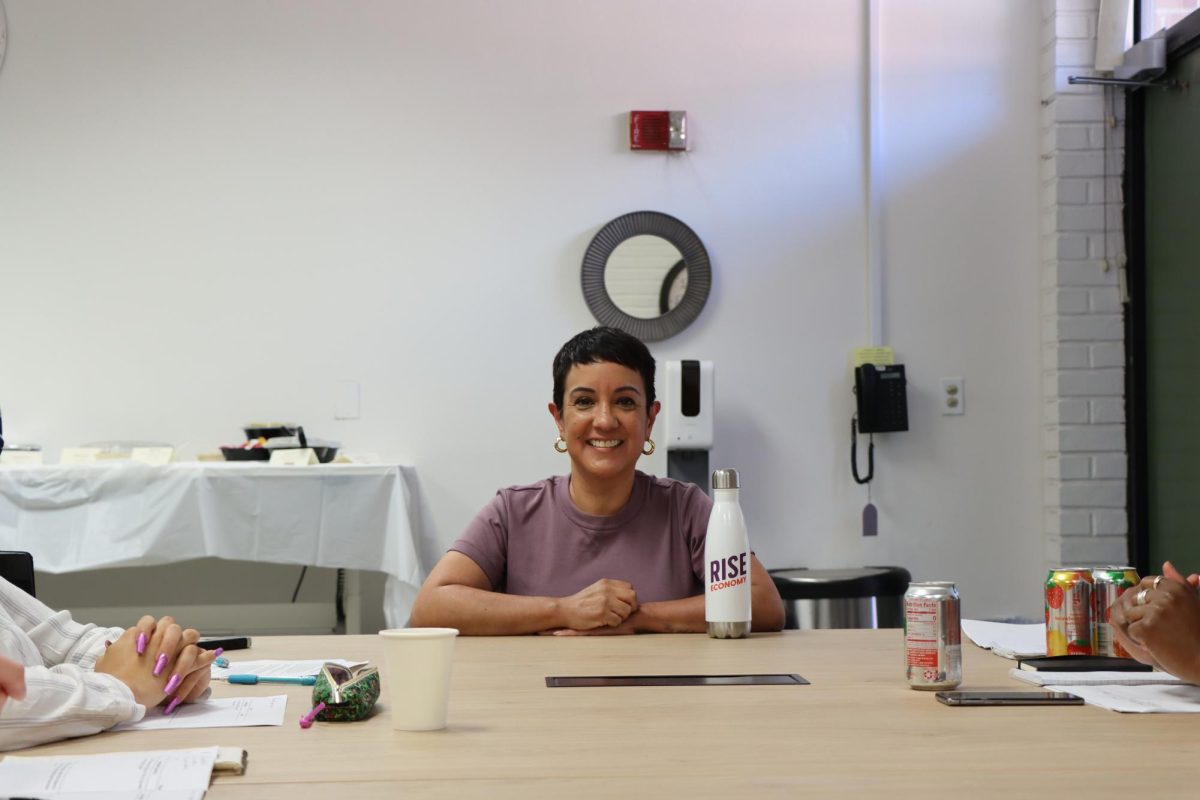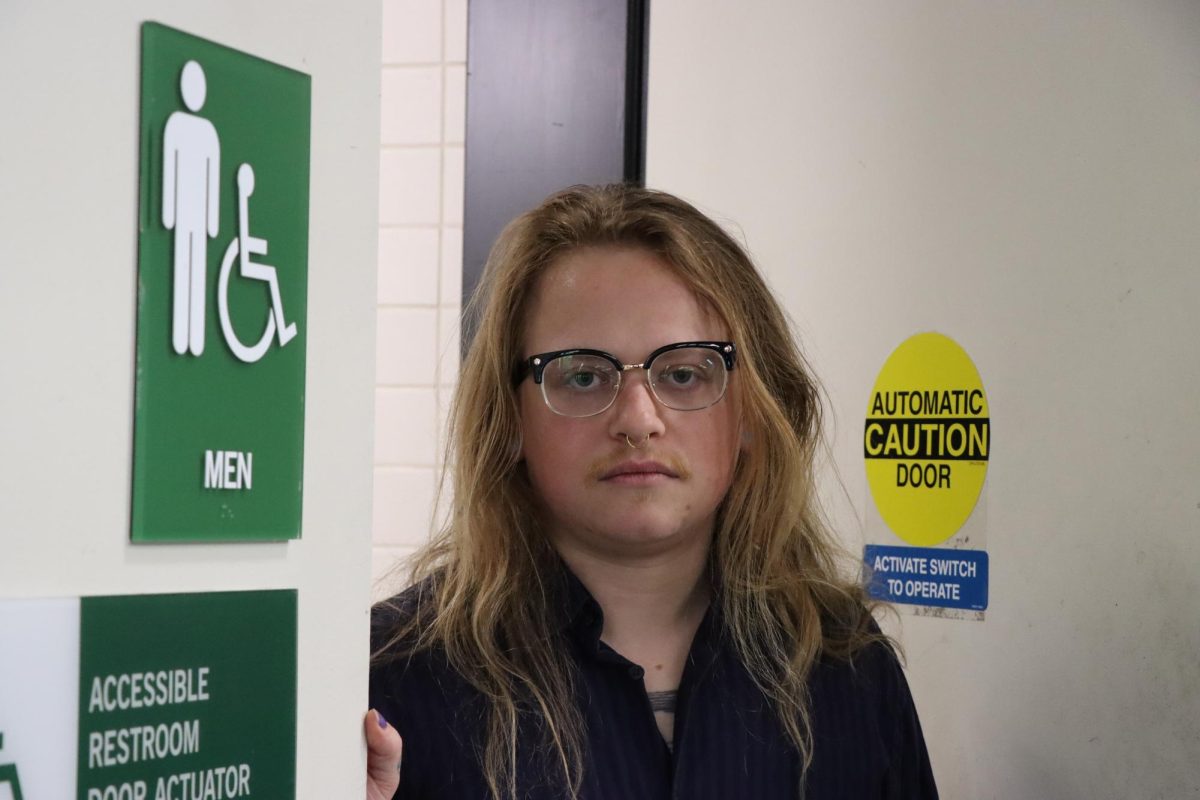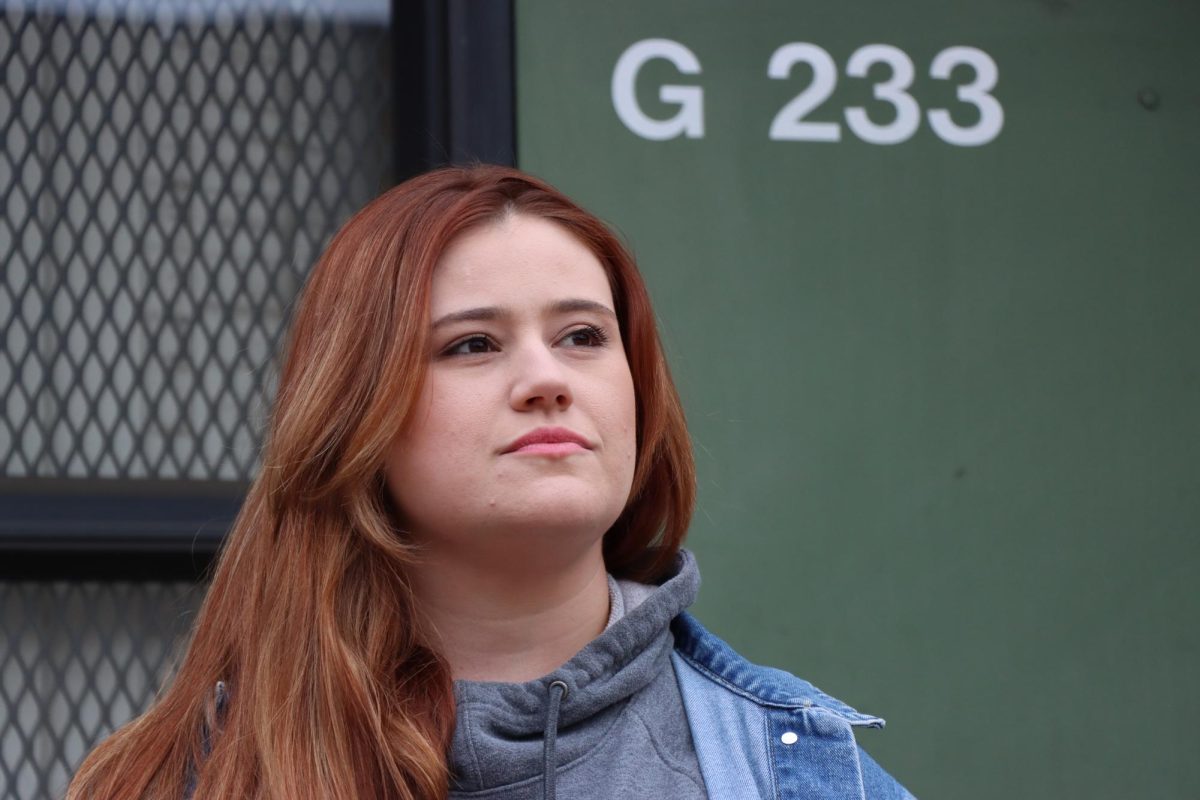How the Culinary Arts Department operates
The Laney College Culinary Arts Department is being pulled in two directions. It has a responsibility to serve food that is prepared in a sanitary environment, but the department is almost completely funded by cafeteria profits. Thus, it is a financial necessity to keep it open, which may be an underlying cause for the cafeteria’s failure to meet health code standards, as described in the first article.
“[The administration doesn’t] want to spend a penny on the Culinary Arts Department,” said David Jones, an instructor in the department. “They want it to break even, [but] it never will.”
Machine Technology Department Instructor Peter Brown said the Peralta administration has “known for 10 years of the illegal conditions in the cafeteria,” including the poorly maintained exhaust fans that were fire hazards and created unsafe air conditions.
Brown, who is also the faculty union representative, has worked closely with Jones in pressuring the administration to allocate more funds for maintenance of the cafeteria and kitchen in the Student Center.
Brown cited an inherent conflict of interest with the cafeteria and kitchen being both educational and commercial food operations; it puts undue pressure on faculty and staff to keep them open.
He has been told by the Culinary Arts Department co-chair, Chef Lorriann Raji, that culinary supplies need to come out of the profits from the cafeteria, or else students will be responsible for covering the cost of materials.
In Brown’s opinion, the problems in the cafeteria mirror a larger issue. He believes there is a detrimental lack of money for preventative maintenance at Laney. His guest editorial, detailing this issue further, can be found on page two.
Why should the Culinary Arts department be expected to fund itself with the profits from the cafeteria when no other department on campus bears this type of responsibility?
Jones compared this situation to “requiring the Psychology Department to put a couch outside the classroom and to start charging students hourly for therapy.”
Food Services Manager Scott Strong runs the day-to-day operations of the Student Center Cafeteria. He said that funding for all the classes in the culinary department is “revenue based.”
According to Strong, revenue from the cafeteria pays for hourly wages for non-student cafeteria personnel, kitchen tools and raw ingredients, office supplies and operating costs such as credit card transaction fees.
But sometimes, these costs lead to more costs. Strong gave an example: “If someone comes in and buys a Sweet Tea, I pay 75 cents to buy the tea and the 50 cents on the transaction,” he said. “I sell it for a dollar, so I’m losing money.”
This may not seem like a lot of money, but according to Strong, the cafeteria processed over 100,000 credit card transactions in 2015. Cafeteria revenue footed the bill for the fees of all of these transactions because Strong refuses to pass the expense onto customers.
In an attempt to bring new culinary offerings to students, Strong began opening up the cafeteria on certain evenings to sell $5 meals. The program was run with hourly personnel, whose wages were completely paid for by cafeteria revenue.
Strong says the program was well-received, but budget restraints forced him to stop and lay off all the workers.
He said he wanted to keep the program going, but when given the choice of keeping those personnel on staff or paying for kitchen tools for the culinary students, he chose the latter.
But not all kitchen tools are paid for by the Culinary Arts Department. Every student is expected to have two starched white shirts every week; they are also required to have their own knife set, as well as costly textbooks.
Students are also responsible for all day-to-day maintenance and cleaning of the culinary facilities. These students are not being paid to do this work: cleaning and sanitation of all the tools used in the creation of the food for the cafeteria is part of the curriculum.
As for long-term maintenance of the cafeteria, Strong said Food Services is not responsible for that: the “engineers and custodial” department are.
Based on the cafeteria’s record, proper maintenance is a huge issue. Strong acknowledged that understaffing is a problem:“The more people we have on it, the better chance we have of making it clean.”
When asked if this issue has prevented him from keeping the facilities in the proper condition, Strong simply replied: “It needs to be cleaner.”
Strong said the department would benefit immensely from administrative funding. “We [the cafeteria] don’t make a lot of money, we don’t even make a little bit of money,” he said. “If we make one penny, then we’re great. But the students always win.”
But are students winning when health standards aren’t being met? And how long will the department be forced to struggle for solvency? The Laney Tower will continue this investigation in our Oct. 13 issue.

